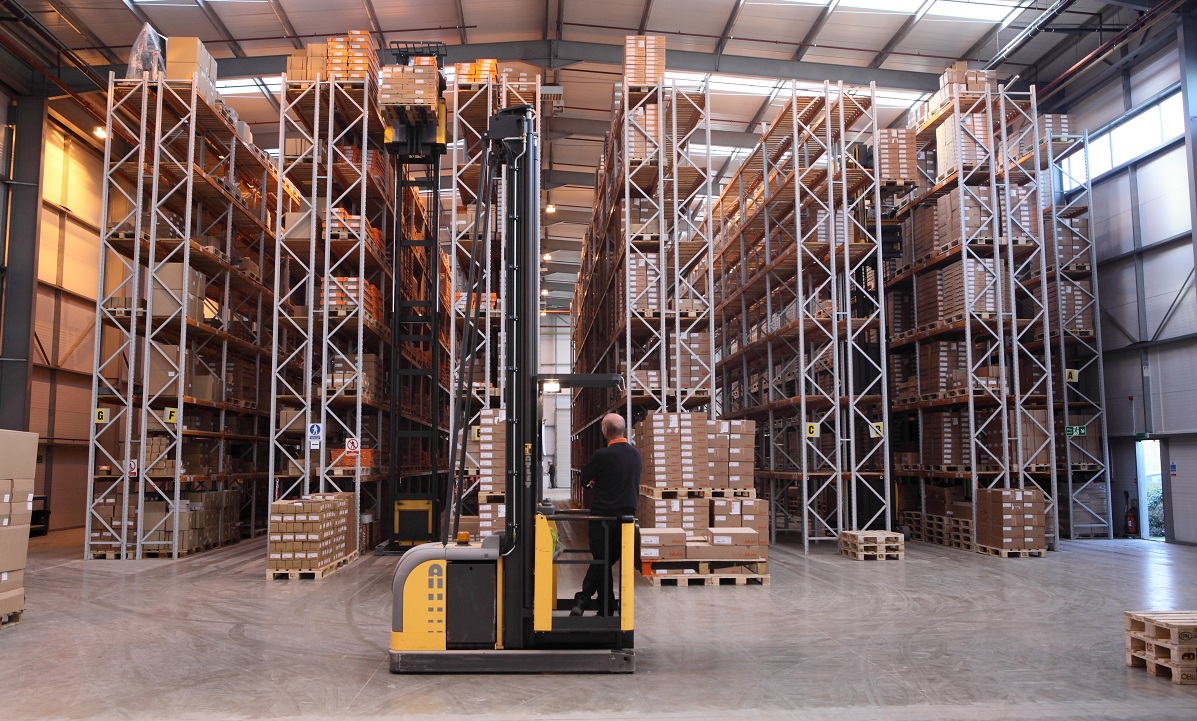Thanks to a perfect storm of global supply chain issues including the semiconductor shortage and shipping lines bursting at the seams due to a pandemic recovery boom, the prices of audiovisual hardware and devices are rising and taking several months longer than usual to ship.
That means AV projects are getting delayed and are becoming more costly, which could lead to some very unhappy customers if your integration firm doesn’t get out in front of these issues that are expected to remain until at least the end of 2021.
It’s not just pro AV that is feeling the sting, either. In fact, our unique industry is feeling the secondhand effects of an automobile industry and consumer electronics industry that rebounded faster than anyone thought during the pandemic. Chipmakers scaled down during the early days of the pandemic anticipating a slowing demand, but what happened was the opposite as people needed devices to work and entertain themselves at home and as government programs helped people continue to afford vehicles.
Hardware prices are rising
Now, virtually anything with a plug is at risk of costing more and taking much longer to get to where it needs to be, says Sam Taylor, executive vice president and chief operating officer at Almo Pro AV.
“I think It’s going to be just about anything that plugs in,” Taylor says.
One of the main culprits of the chip shortage are display drivers that send instructions for illuminating screens on displays, which is impacting virtually anything with a screen, including digital signage, video walls, projectors, touchscreens and more.
However, that is the least of our worries, Taylor says, as prices of steel are also rising sharply, further impacting the other hardware components in AV devices.
According to Taylor, manufacturers have operated with very thin margins for some time. Some of them were able to absorb some price increases in 2020, but more and more are now passing those costs onto their customers – many of which are resellers and integrators.
“They absorbed a couple hits early on, but they’re having to raise their prices just to remain breakeven or profitable,” Taylor says. “Eventually, it’s going to be the end user that’s going to be paying the price.”
Read Next: The Global Chip Shortage Is Beginning To Impact Pro AV Supply Chains
However, it’s not just shortages of materials causing the price increases. Shipping costs have also risen due to a combination of a shortage of workers and a massive demand for products. These issues combined are leading to shipping taking four to five months longer than normal for some products, Taylor says.
Rising prices has actually been a trend for a few years now thanks to the U.S.-China trade war and related tariffs, and the pandemic-related supply chain and shipping issues we’re now seeing compounded those issues, says Sandi Stambaug, vice president of product management at Synnex Corp.
It’s not just chips that have been hard to find – it’s also glass for displays and other raw materials like steel for mounts, carts and stands. As the price of one component regulates itself, another rises, making it seemingly impossible for markets to catch up.
“It’s been kind of a moving target … for the past year and a half or so,” Stambaugh says.
Manufacturers have largely been transparent and communicative about rising prices and have been able to absorb some costs, but that won’t last much longer.
“There comes a point where you can only absorb so much and it’s time to make some adjustments.
How integrators can respond
Nobody wants to have to pay higher costs for no fault of their own, but it’s looking very likely that these supply chain issues will remain for some time. That means that everybody is in the same boat.
How integrators can respond ultimately depends on their unique situations, Stambaugh says.
Things like how long a distributor or manufacturer has known about the project, how much service is involved, and profit & loss.
“What we’ve seen from integrators is a blend,” Stambaugh says. “in some cases, they’re absorbing it, and in some cases they’ve had customers that have the ability to make adjustments just because they need the product now.”
Other customers are willing to explore alternative products to help keep costs in line with the original quote and keep all parties from absorbing any cost.
Both Stambaugh and Taylor urge integrators to forecast as much as possible and let their respective distributors know about projects as soon as possible to lock in pricing.
“The more visibility your partners have – whether it’s distribution or even the manufacturers – the better,” Stambaugh says.
According to Taylor, the name of the game if securing inventory as early as possible.
“You need to register your projects as early as possible with your manufacturer or distributor, and then you have to keep ups informed to delivery day changes and quantity changes,” Taylor says.










